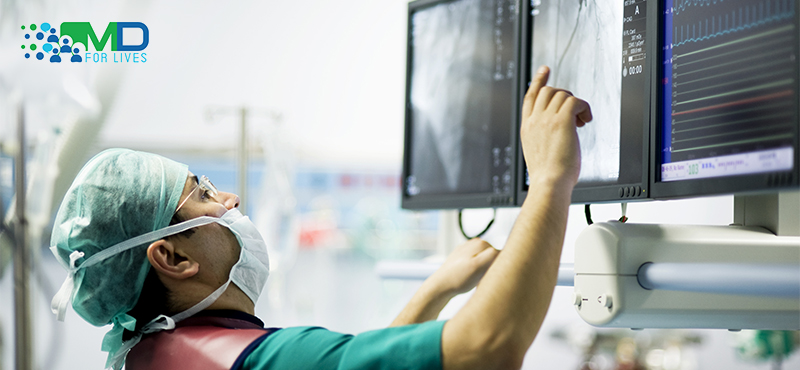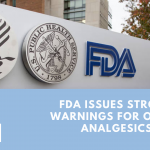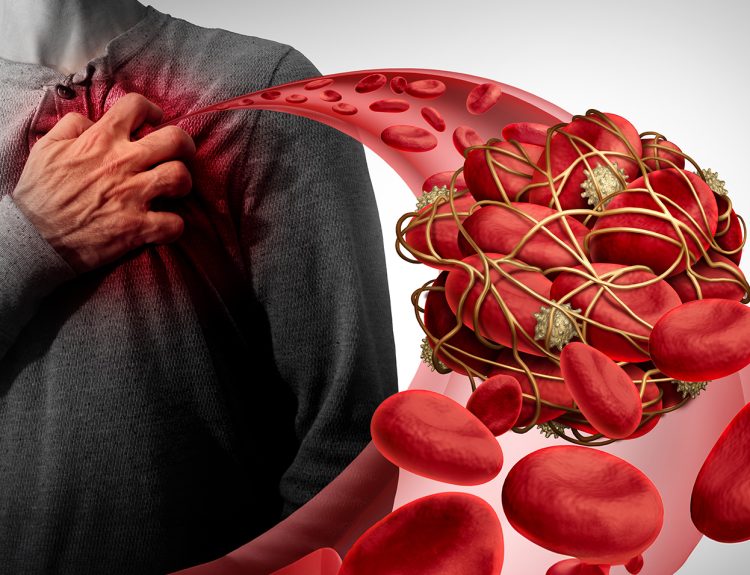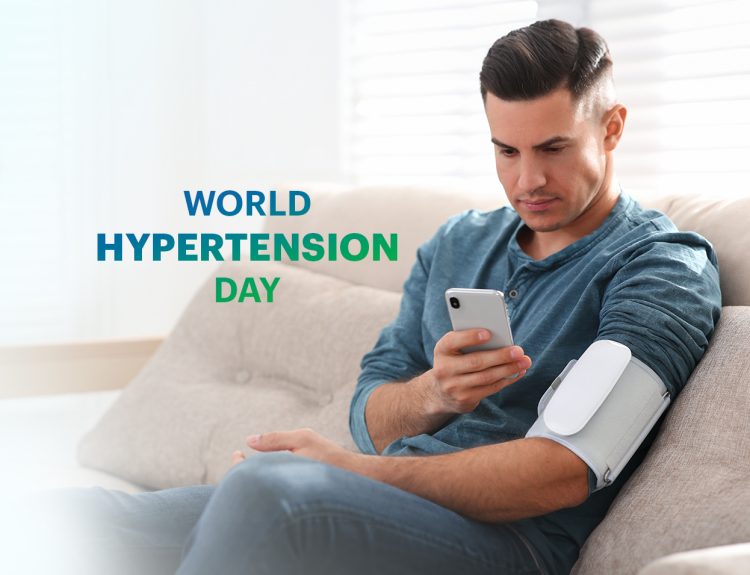Cardiac patients, undergoing a Cardiac Surgery like coronary artery bypass graft (CABG), aortic valve repair or replacement, tend to develop cardiac complications, of which atrial fibrillation is the commonest.
Atrial fibrillation is associated with increased risk of post-operative complications and morbidity, increased hospital stay and increase in cost of the hospitalization. Post-operative atrial fibrillation (PAOF) is also associated with post-operative delirium and neurocognitive decline. Thus, preventing or minimizing atrial fibrillation is crucial for reducing morbidity and mortality associated with cardiac surgery.
Cardiac Surgery: Prevalence
Incidence of post-operative atrial fibrillation is seen in 30% of patients undergoing CABG (coronary artery bypass grafting), in 40% patients undergoing valve repair or prosthesis surgery and in 50% of those after combined valvular-CABG procedure. (With increase in number of surgeries performed each year, these figures tend to vary and increase with time). In case of CABG surgery, atrial fibrillation commonly occurs on day 2 and day 3 post surgery whereas with valve surgery it commonly occurs on day 2.

Risk Factors
Several risk factors that lead to PAOF have been identified. These risk factors include
- Old age
- Male gender
- Previous history of AF
- Decreased LVEF
- Hypertension
- Left atrial enlargement
- COPD
- Diabetes
- CKD (chronic renal failure)
- Rheumatic heart disease
Complications associated with POAF
Post operative atrial fibrillation is known to have the following risk:
- Increased risk of heart failure
- Increased probability of development of stroke
- Increased chances of developing delirium or even neurocognitive decline
- Increased hospital stay (by an average of 4.7 days per patient)
- Increased cost of treatment due to prolonged hospital stay
Prevention and management of POAF
Several studies have indicated the role of medicinal and auxiliary interventions for preventing and managing atrial fibrillation. Some of the pharmacological preparations for managing POAF include beta-blockers, amiodarone, calcium channel blockers, statins, magnesium, NSAIDs, N-acetylcysteine and non-pharmacological intervention includes atrial pacing. All of these have shown variable results in controlling and managing POAF.
New Protocol
The new protocol was launched in April 2013 and by the end of 2013, total of 157 patients with planned cardiac surgeries were selected. Out of these, some were pre-evaluated and treated with amiodarone; some were pre-evaluated but not treated; and rest were neither evaluated nor treated. The first group had shown reduction in occurrence of POAF, from expected 38% to 11%; whereas in other groups such reduction was not observed. Such a reduction not only helps in reducing morbidity and mortality, but translates to better healthcare and cost outcomes for patients and the community as a whole.
Amiodarone is a class III anti-arrhythmic drug that has beta and alpha adrenergic blocking properties. It plays a key role in controlling the sympathetic over-stimulation, commonly seen in patients undergoing cardiac surgery. The prophylactic oral amiodarone prevents arrhythmias that begin soon after CABG, valve replacement or repair. It also helps in reduction of ventricular tachyarrhythmia, strokes and hospital stay.
Significance of New Protocol
These preliminary results have indicated that changing or upgrading to the newer protocol can significantly reduce post-operative atrial fibrillation and offers improved and favorable outcomes for the patients. In addition, it even helps in reducing the healthcare costs significantly.
SUMMARY
The new protocol that recommends amiodarone as prophylaxis for atrial fibrillation significantly reduces the risk of complications, hospital stay as well as cost of treatment.






